Table of Contents
Wildlife photography is a captivating form of art that allows us to appreciate the beauty and diversity of the natural world. It enables us to capture moments and images of animals that we might not be able to see otherwise and to learn about their behaviors and habitats. Japan is a country with rich and unique wildlife, from the snow monkeys of Nagano to the brown bears of Hokkaido and the marine mammals of Shiretoko National Park. In this blog, we will explore the best wildlife photography locations in Japan and provide tips for capturing stunning images of the animals in their natural habitat. If you are an adventurous type, this guide will help you discover the beauty and wonder of Japan’s wildlife.

Hokkaido
Hokkaido, the northernmost island of Japan, is known for its breathtaking natural scenery and diverse wildlife. From the majestic brown bears to the elusive red foxes, Hokkaido offers a wide range of opportunities for wildlife photography.
Some of the best locations for wildlife photography in Hokkaido include Shiretoko National Park, where you can capture Steller’s sea eagles, orcas, and brown bears; Daisetsuzan National Park, where you can find alpine plants and wildlife such as sika deer and Hokkaido squirrels; and the Notsuke Peninsula, which is a paradise for birdwatchers and photographers with a chance to capture endangered species like the spoon-billed sandpiper.
To capture stunning images of Hokkaido’s wildlife, it is essential to have the right equipment, such as a telephoto lens and a sturdy tripod. It is also important to be patient and observe the animals’ behavior before taking photos. If you’re photographing bears, be sure to follow proper safety guidelines and avoid disturbing them.
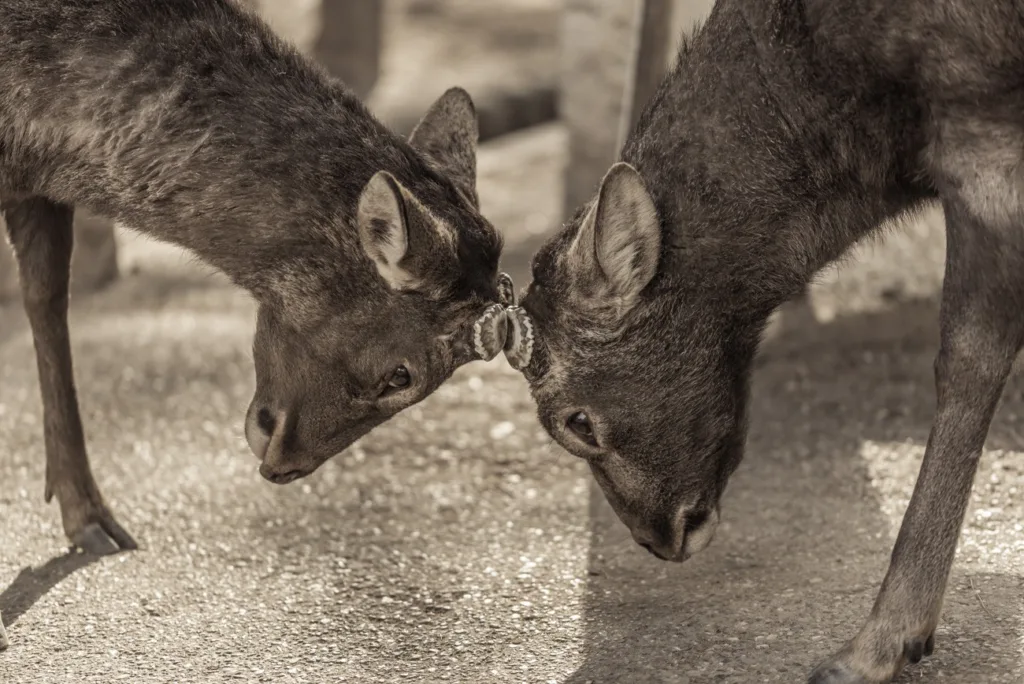
Nagano
Nagano is a beautiful prefecture located in central Japan, known for its stunning mountain landscapes and hot springs. But it is also home to a unique and beloved animal – the Japanese macaque, also known as the snow monkey. These adorable primates have become a symbol of Japan’s natural wonders, attracting visitors from around the world who come to witness their endearing behavior.
One of the best locations for photographing snow monkeys in Nagano is Jigokudani Monkey Park. This park is located in the valley of the Yokoyu River and is home to a large troop of around 200 macaques who spend their days soaking in the natural hot springs, playing, and grooming each other. The park offers visitors the chance to observe and photograph the monkeys up close in their natural habitat, making for a truly memorable wildlife photography experience.
To capture stunning images of snow monkeys, it is important to come prepared with the right equipment, such as a telephoto lens and a sturdy tripod. It is also important to be patient and wait for the right moment, as the monkeys’ behavior can be unpredictable. To avoid disturbing them, it is essential to follow the park’s rules and guidelines. Those include keeping a safe distance, avoiding eye contact, and refraining from touching or feeding the monkeys.
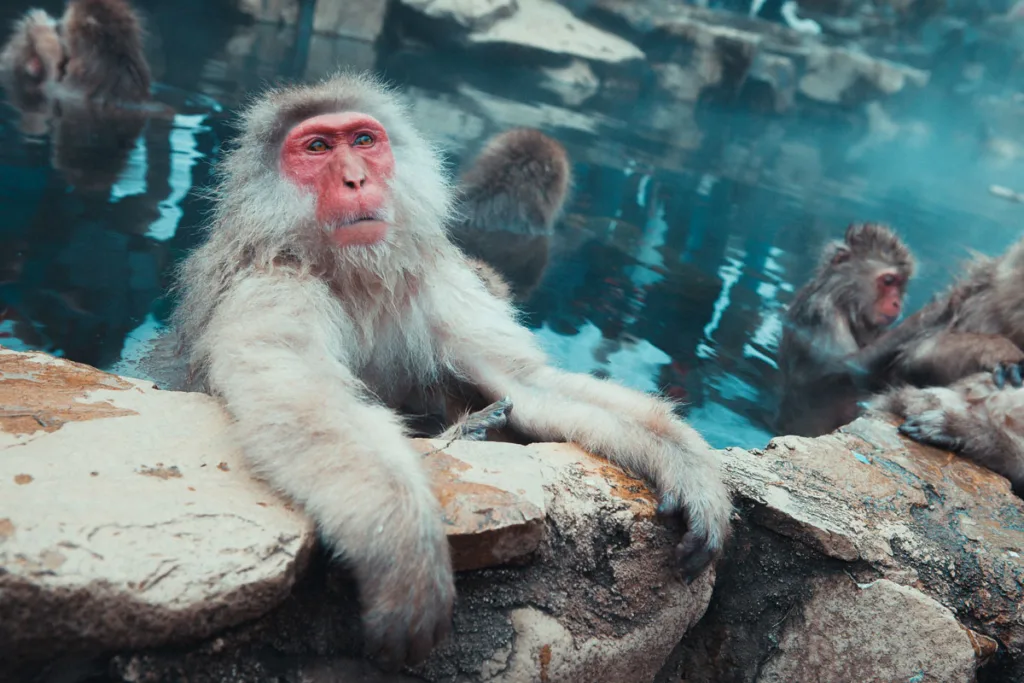
Kushiro Marshlands
The Kushiro Marshlands is a vast wetland located in eastern Hokkaido, known for its unique and diverse ecosystem. It is home to a variety of plant and animal species, including some of Japan’s most iconic and rare birds. The marshlands offer a picturesque landscape of rolling hills, tall grasses, and winding streams that make for stunning wildlife photography opportunities.
The best location for bird photography in the Kushiro Marshlands is the Kushiro Shitsugen Observatory. This observation deck offers a panoramic view of the wetlands and is a popular spot for bird watchers and photographers. Visitors can see a variety of birds, such as the red-crowned crane, the white-tailed eagle, and the Japanese crane. As well as other wildlife, such as the Hokkaido fox and the Ezo deer.
To capture birds in flight and in their natural habitat, it is essential to come prepared with the right equipment. Such as a telephoto lens, a fast shutter speed, and a tripod or monopod for stability. It is also important to be patient and observe the birds’ behavior to anticipate their movements and capture the perfect shot. Additionally, it is recommended to visit during the early morning or late afternoon when the light is softer and warmer. It will create a more favorable atmosphere for wildlife photography.
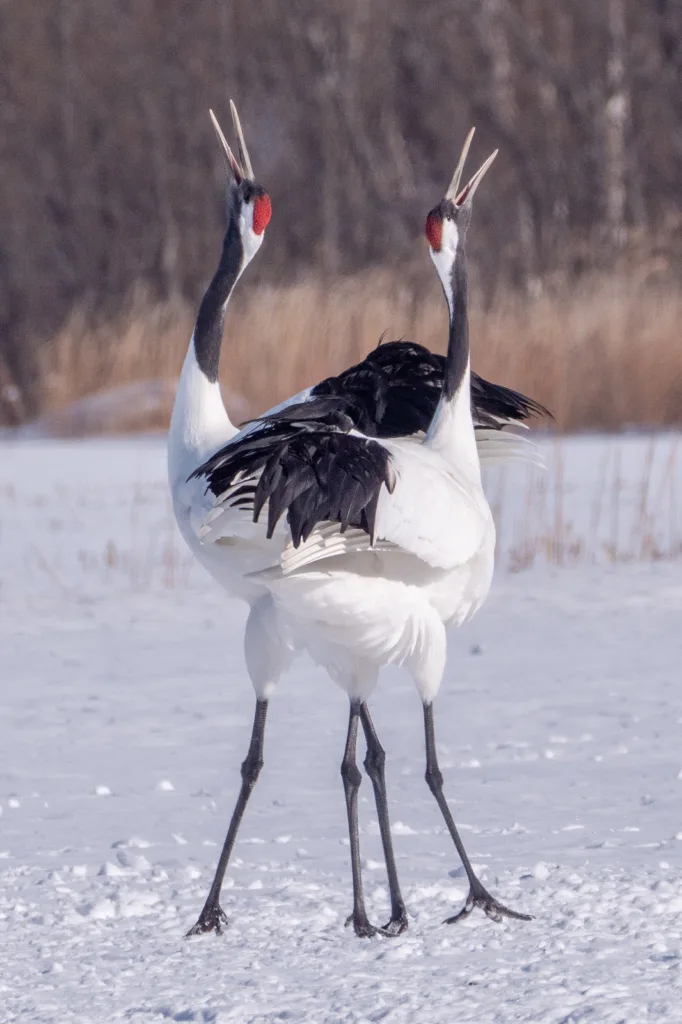
Yakushima Island
Yakushima Island is a lush and enchanting destination located off the southern coast of Kyushu. It is known for its dense forests, ancient trees, and unique wildlife. It makes a popular destination for nature enthusiasts and wildlife photographers. The island has been designated a UNESCO World Heritage Site and a Biosphere Reserve due to its exceptional natural beauty and biodiversity.
One of the best locations for wildlife photography on Yakushima Island is the Shiratani Unsuikyo Ravine. This area is famous for its mossy rocks, crystal-clear streams, and stunning waterfalls. It makes a perfect spot for capturing the island’s unique flora and fauna. Visitors can also encounter some of Yakushima’s most iconic species, such as the Yaku monkey, the sika deer, and the Amami rabbit.
Another great location for wildlife photography on Yakushima Island is Yakusugi Land. A nature reserve that is home to some of the oldest and largest cedar trees in the world. The reserve offers visitors the chance to explore the forest’s winding trails, hidden waterfalls, and serene ponds while encountering the island’s rich wildlife. This location is particularly popular for photographing the island’s resident macaques, who are known for their curious and playful behavior.
To capture stunning images of Yakushima Island’s wildlife, it is important to come prepared with the right equipment, such as a telephoto lens, a polarizing filter, and a sturdy tripod. Additionally, it is important to be respectful of the wildlife’s natural habitat and observe from a safe distance. Visitors should also be mindful of the island’s weather conditions, which can be unpredictable, and dress accordingly. With a little patience and preparation, Yakushima Island offers a stunning and unique backdrop for wildlife photography.

Shiretoko National Park
Shiretoko National Park is located on the northeastern tip of Hokkaido. It is known for its rugged wilderness, pristine coastline, and diverse wildlife. The park is home to a variety of land and marine mammals. Including Steller’s sea eagles, orcas, brown bears, and red foxes. The park’s unique environment offers an ideal setting for wildlife photography.
One of the best locations for wildlife photography in Shiretoko National Park is Kamuiwakka Falls. This waterfall is known for its turquoise-blue water, which is a result of the minerals in the surrounding rocks. The falls are also home to a variety of fish, which attract a variety of birds, including Steller’s sea eagles. Visitors can capture these majestic birds in flight as they hunt for fish in the waterfall’s pools.
Another great location for wildlife photography in Shiretoko National Park is Furepe Waterfall. This waterfall is located on the coast. It offers visitors the chance to capture images of orcas and other marine mammals as they swim and hunt in the surrounding waters. Visitors can also capture images of brown bears as they fish for salmon in the nearby streams.
When photographing wildlife in Shiretoko National Park, it is important to be mindful of the wildlife’s natural habitat and behavior. Visitors should observe from a safe distance and avoid disturbing the animals. Additionally, it is important to take precautions when traveling in bear country. Visitors should carry bear spray, make noise while hiking, and avoid traveling alone. By following these guidelines, visitors can safely capture stunning images of Shiretoko National Park’s unique and diverse wildlife.
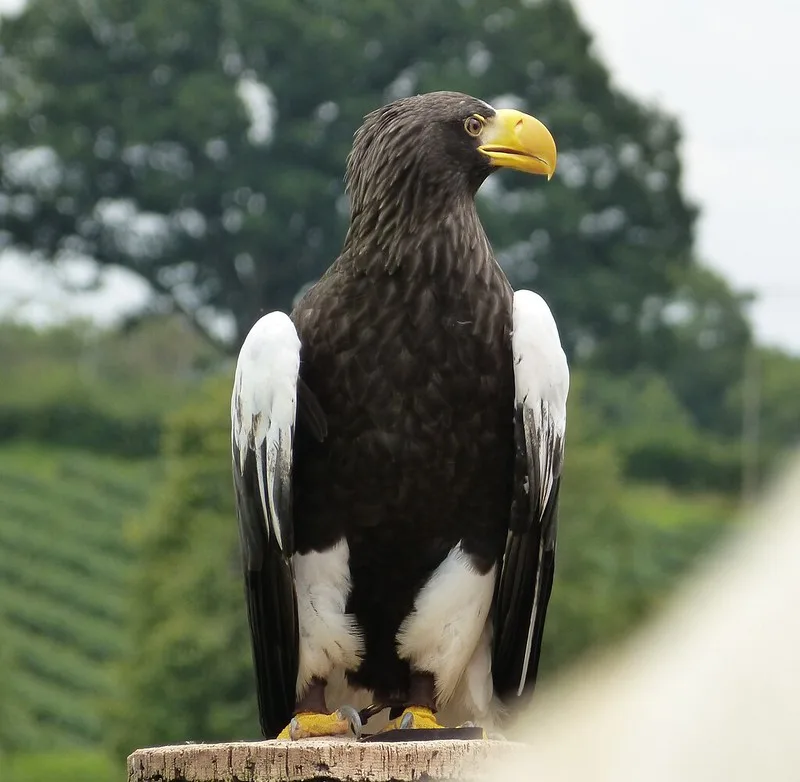
Travel photography essentials
- Camera body: A versatile, powerful, and lightweight full-frame mirrorless camera, such as the Canon EOS R.
- Lenses: A versatile zoom lens, such as a 24-70mm or 18-135mm, for capturing a range of subjects.
- Tripod: A lightweight and sturdy tripod, such as the Manfrotto BeFree series or the MeFoto Backpacker, for stable shots and long exposures.
- Memory cards: High-capacity and fast SD cards, such as the Sandisk Extreme Pro series or the Lexar Professional series, for storing large RAW files.
- Extra batteries: Bring extra batteries and a charger to ensure you never run out of power during long days of shooting.
- Camera bag: A comfortable and functional camera bag, such as the Peak Design Everyday Backpack or the Lowepro ProTactic series, for carrying all your gear and protecting it from the elements.
- Filters: A polarizing filter for reducing glare and enhancing colors, and a neutral density filter for capturing long exposures and creating motion blur effects.
Our Favorites
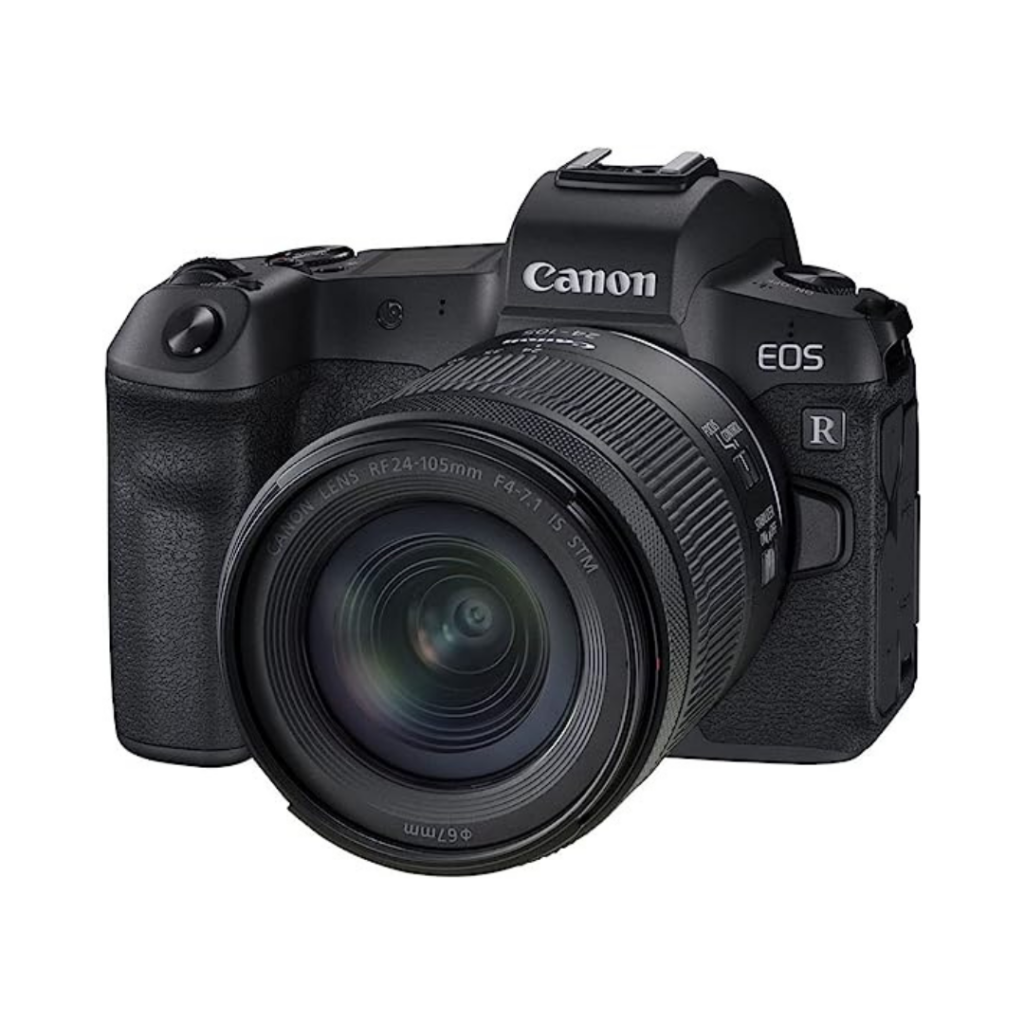
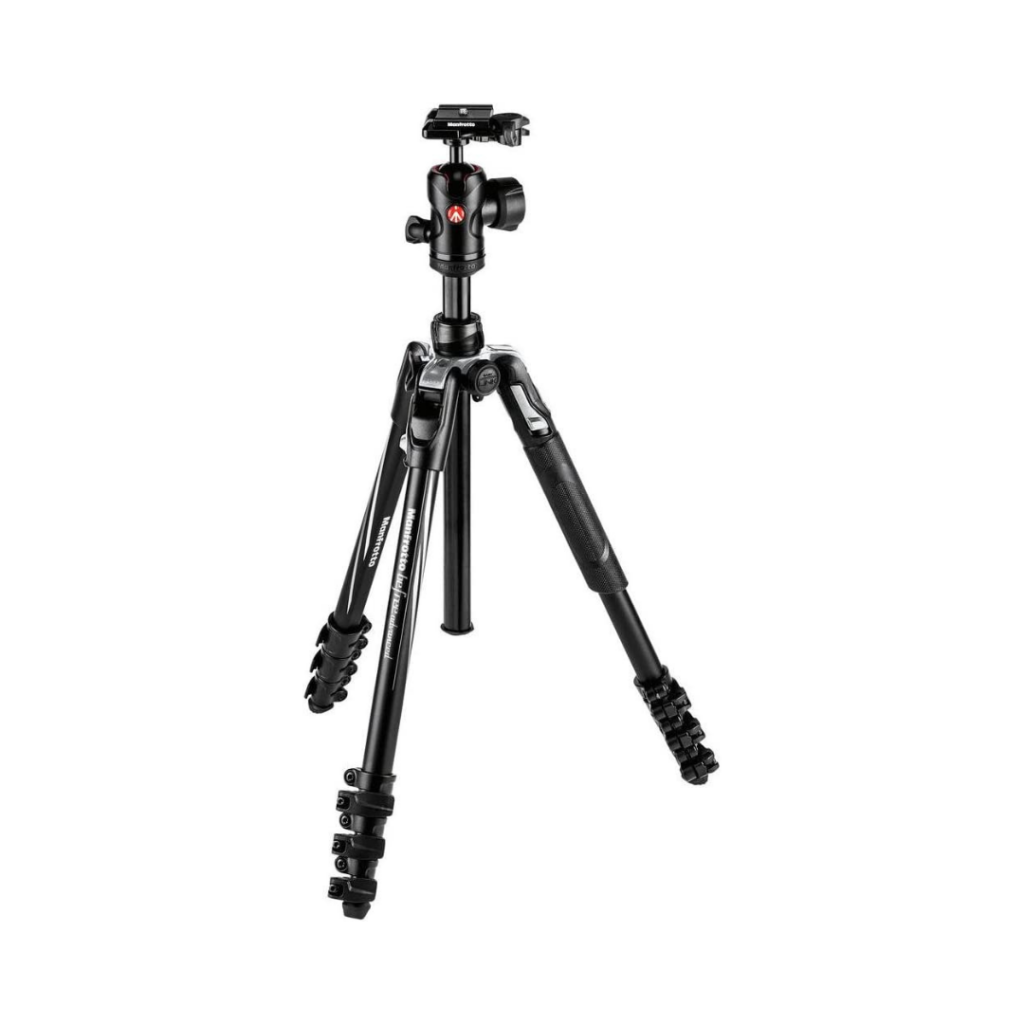
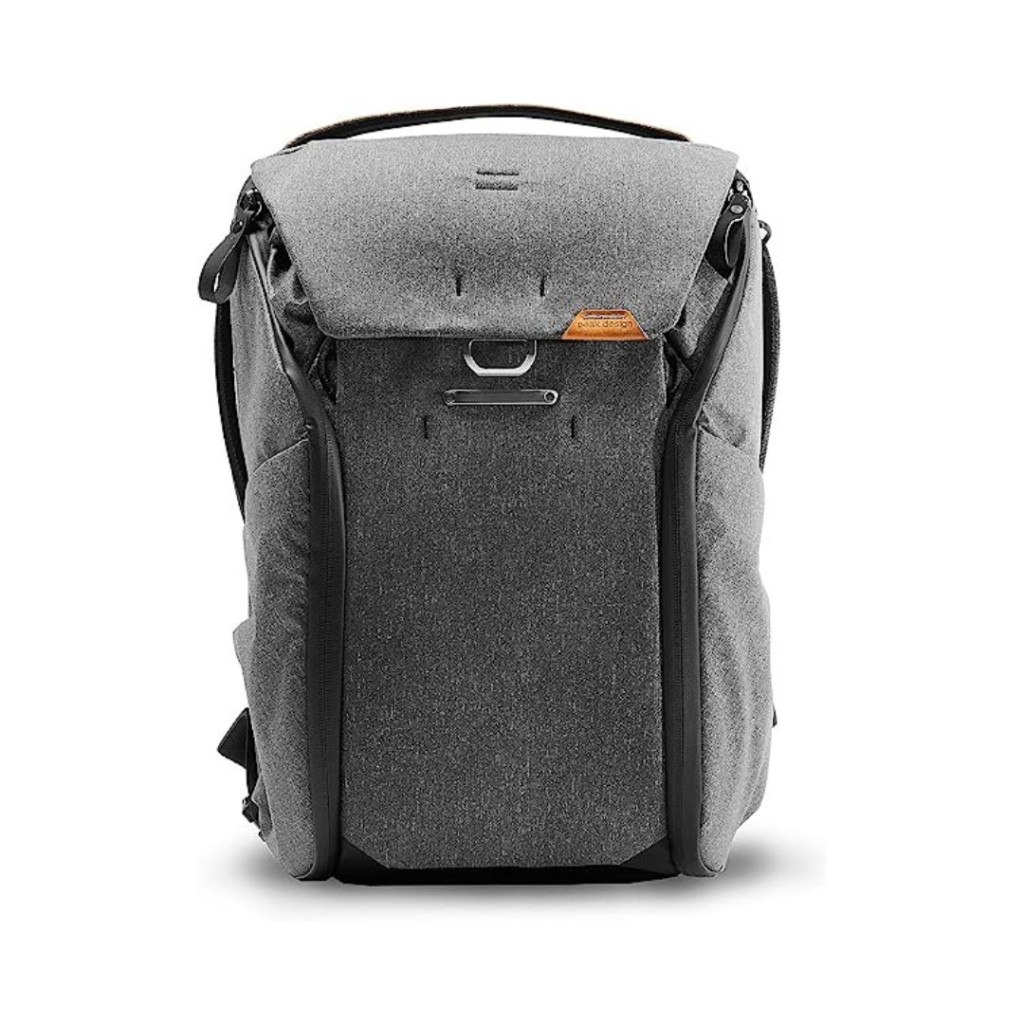

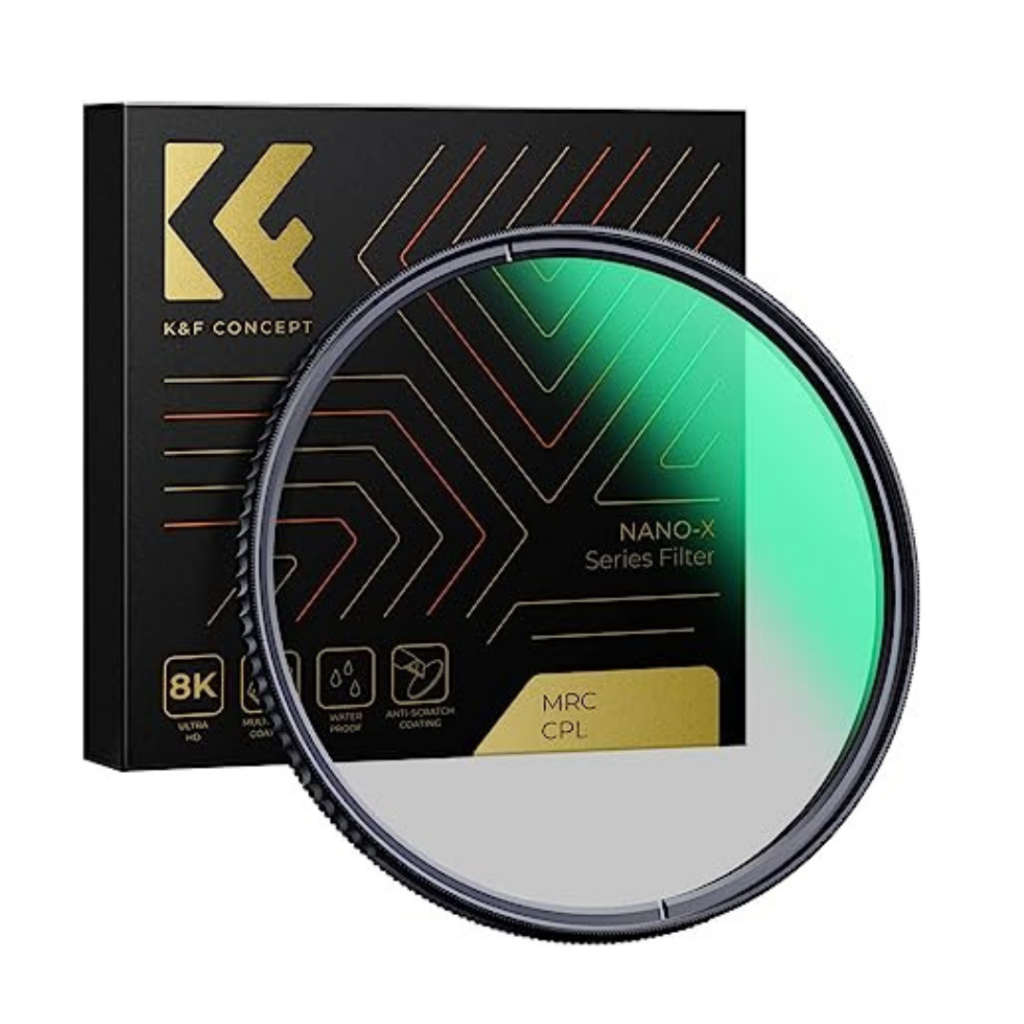
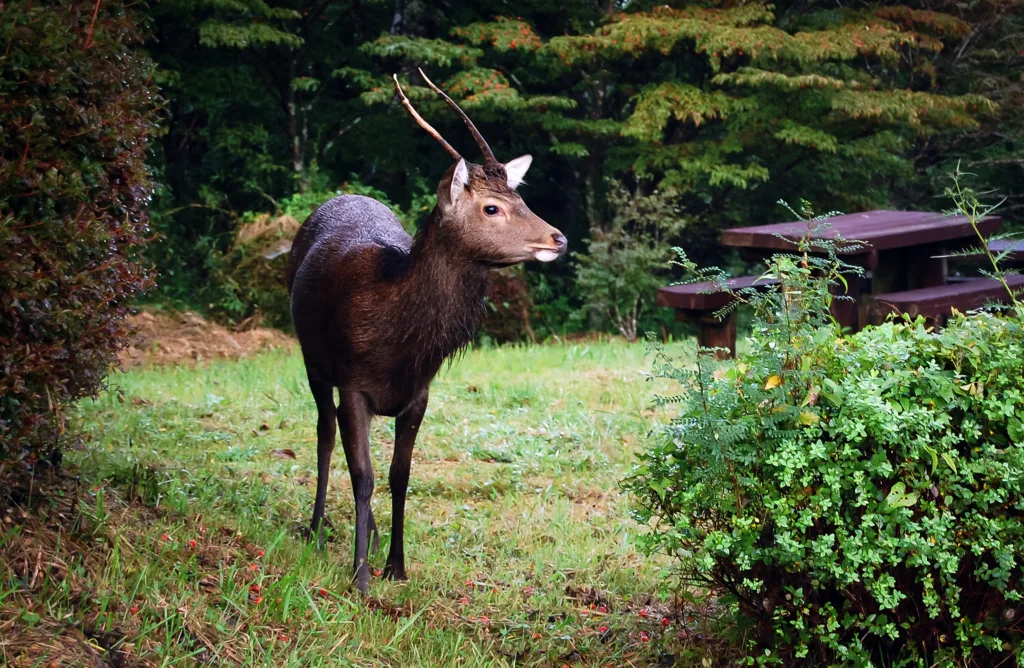
Capture Japan’s stunning wildlife through your lens
Japan’s diverse and unique wildlife makes it an ideal destination for wildlife photography tours. With the right equipment and techniques, you can capture stunning photos of everything from tiny birds to majestic bears. By choosing a reputable tour operator and taking the time to plan your trip, you can have a truly unforgettable experience in Japan that combines wildlife photography with cultural exploration. So, whether you’re an experienced photographer or just starting out, consider planning your own wildlife photography tour in Japan and discover the incredible beauty of its natural world.
